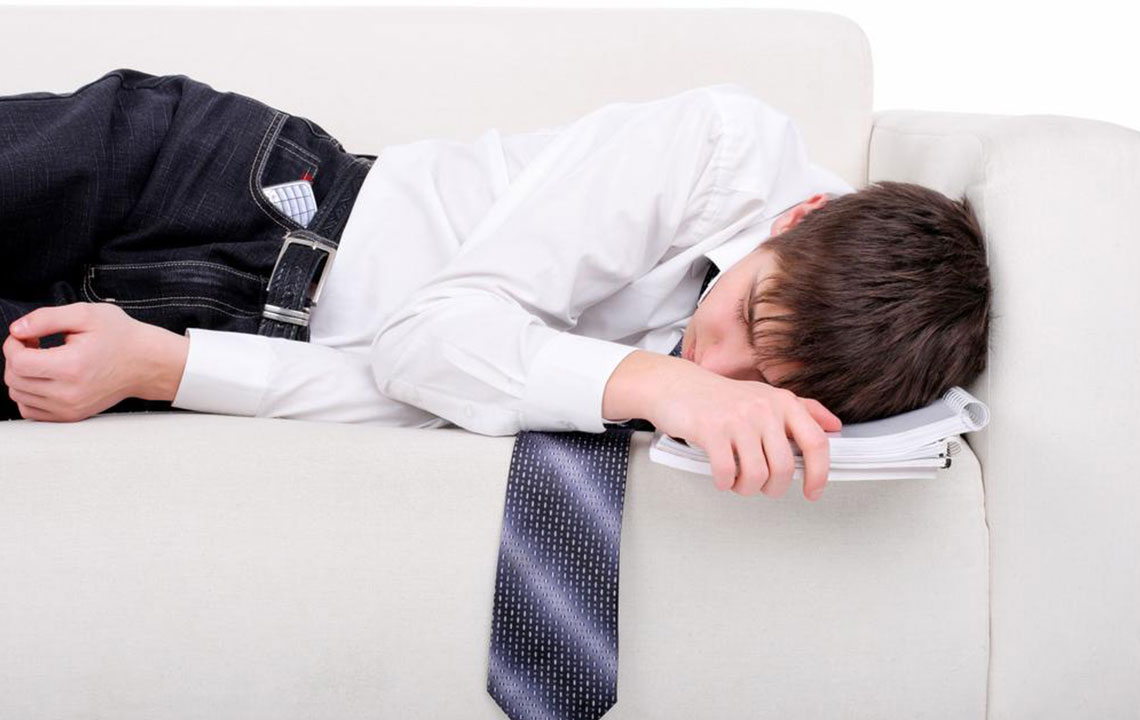Some of The Common Causes Of Chronic Fatigue

A hard day of work can leave most men and women extremely tired and drained of energy. Once they get some rest and a good night’s sleep, the exhaustion is gone, and the person is usually full of energy the next morning.
But if the person feels tired no matter how long he or she sleeps or gets rest, and always feels fatigued, the person may be suffering from a deeper reason for the fatigue. Excessive tiredness, over a prolonged period of time, maybe a warning sign of chronic fatigue.
Chronic fatigue is medically also known as Systemic Exertion Intolerance Disease (SEID). It is a kind of ailment, primarily characterized by excessive tiredness. The causes of chronic fatigue are not known to medical practitioners. This is because the symptoms of this sickness are very similar to those of any other ailment. However, there are a few causes of chronic fatigue that are easier to pinpoint and treat. They are:
- Psychological & physical stress
- Viral infection
- Weakened immune system
- Hormonal imbalances
- A genetic predisposition to fatigue
- Severe allergies
- Environmental factors
A viral or bacterial infection is often one of the main causes of chronic fatigue. Medical practitioners note that chronic fatigue might be the last stage of an infection, and may also affect a patient who has had more serious infections in the past. So, the ailment may not be a direct condition of the body, but possibly a symptom of an infection.
Similarly, people suffering from an infection may develop a weakened immune system due to sickness and hormonal changes. All these could be early triggers for the onset of chronic fatigue.
Signs Of Chronic Fatigue
Generally, people don’t worry much about feeling tired. Men and women will often consider it a trivial issue that doesn’t need any medical care or intervention. The most common solutions that your friends and family may suggest are getting more rest, eating healthier, or just a general lifestyle revamp. But tiredness for a very long time despite the person sleeping enough and eating well, or fatigue that interferes with a person’s daily activities, must not be ignored as it is not normal.
A few common symptoms of chronic fatigue are:
- Frequent or severe headaches
- Body ache
- Sleep disorders
- Feeling unrested after a night’s sleep
- Lack of concentration
- Forgetfulness
- Sore throat
- Swollen nodes in the neck or joints
- Joint pain without redness or swelling
It is natural for a person to feel fatigued after bouts of physical or mental stress. But if it lasts for more than 24 hours, and continues, it becomes worrisome. Some people may show signs of fatigue for a while, recover and resume a normal life, only to have a relapse a few weeks later. This unusual cycle makes identifying the exact causes of chronic fatigue far more difficult.
Treatment For Chronic Fatigue
Chronic Fatigue has been found to be a prominent problem among more women than men. Doctors note that women in their 40s and 50s are usually more prone to experiencing chronic fatigue. Because of no other symptoms, apart from tiredness, it often becomes difficult for doctors to diagnose the actual causes of chronic fatigue in people and also suggest treatment or solutions. There are also no specific tests that confirm the causes of chronic fatigue. Doctors generally prescribe a set of non-specific blood tests to determine how healthy the patient’s immune system is.
This includes tests such as liver function tests, thyroid, erythrocyte sedimentation rate or ESR, and antibody tests. A CT Scan or MRI of the brain may also be suggested to rule out nervous system disorders. More than the actual cure for chronic fatigue, doctors try to prescribe treatment related to the control of the symptoms of the disorder, to provide relief to the patient. This is because the actual causes of chronic fatigue and their treatment are still under undergoing research and medical study. Therapy is one of the few forms of treatment that may be prescribed for the patient.
Home Remedies For Chronic Fatigue
You can try a few home remedies that may help in controlling the problem to some extent. This includes methods such as:
- Improving your sleep pattern and sleep quality
- Ensuring a healthy sleeping environment
- Engaging in light physical exercise regularly
- Taking up fun activities like swimming, cycling, etc
- Regulating physical activities and avoiding overexertion
- Taking up meditation and yoga for mental, physical, and emotional wellbeing
- Joining a support group to learn more about the problem
- Taking prescription, or over-the-counter medication
- Eating a healthy, nutritious, and balanced diet
Home remedies usually take a long time to show results. Coupled with a doctor’s advice, they can help you identify the causes of chronic fatigue, and manage the fatigue itself. You can try a combination of these simple tips and a consultation with the doctor to lead a healthier, happier life.


